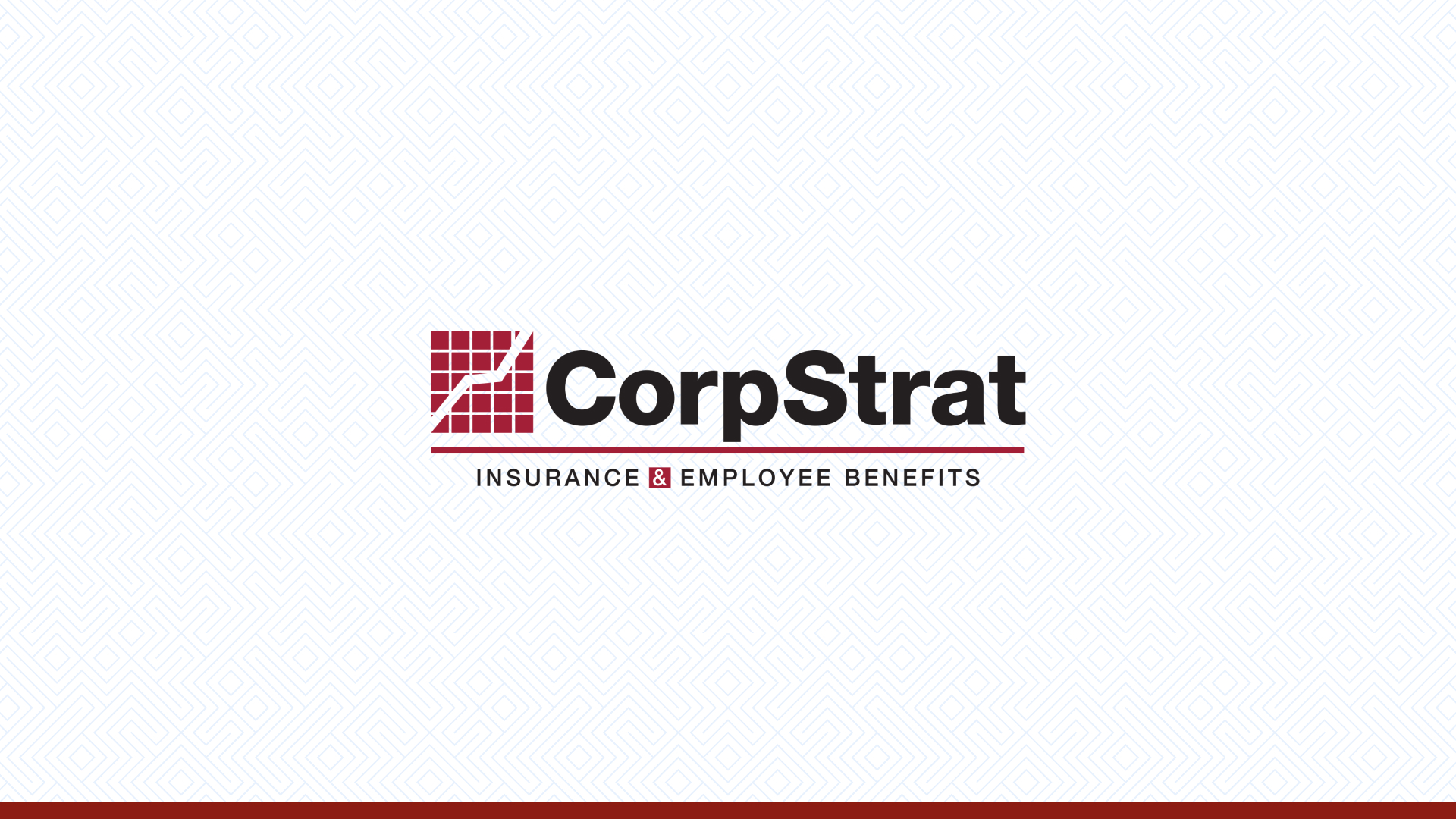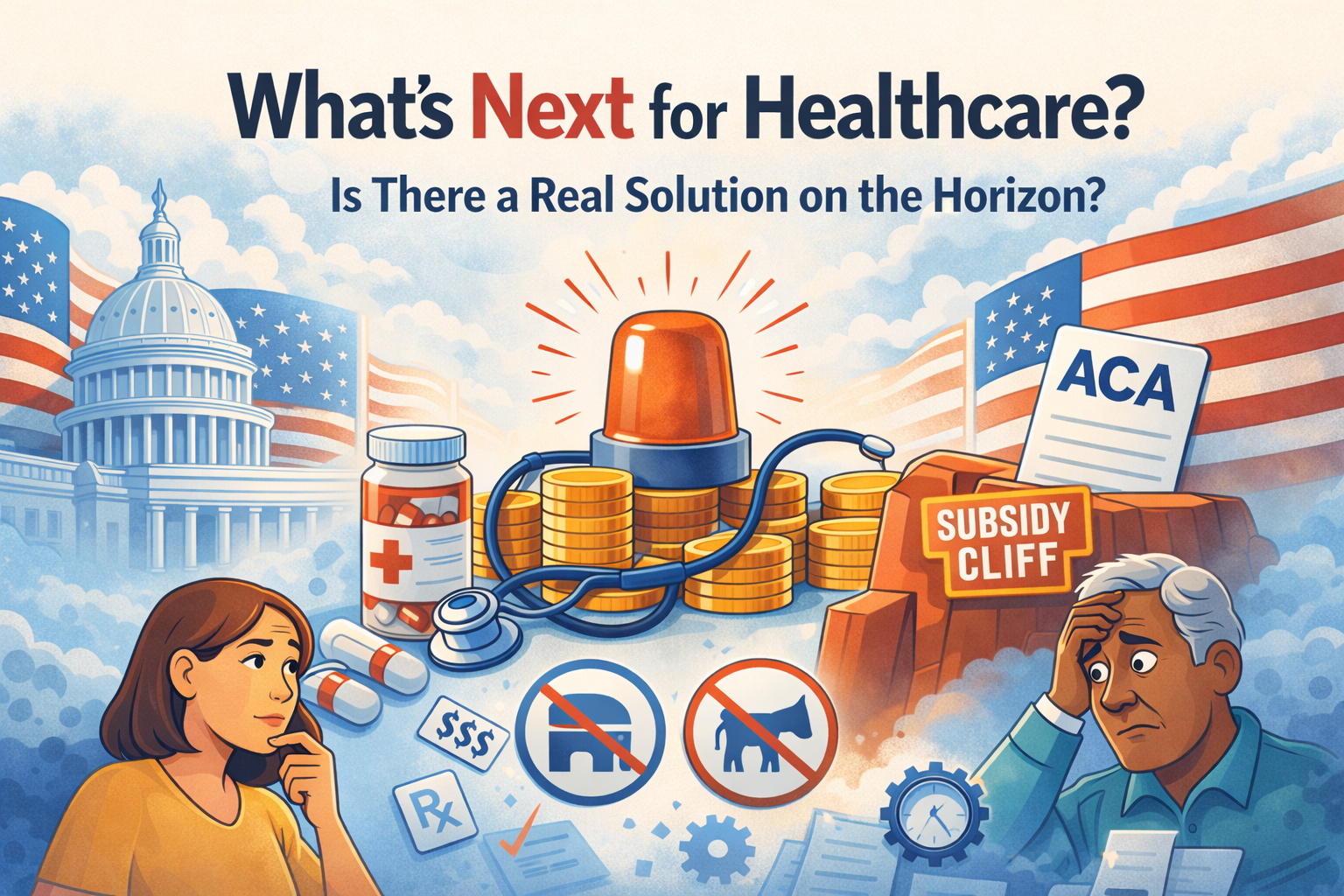Source: New York Times
Health insurance companies are no longer allowed to turn away patients because of their pre-existing conditions or charge them more because of those conditions. But some health policy experts say insurers may be doing so in a more subtle way: by forcing people with a variety of illnesses — including Parkinson’s disease, diabetes and epilepsy — to pay more for their drugs.
Insurers have long tried to steer their members away from more expensive brand name drugs, labeling them as”non-preferred” and charging higher co-payments. But according to an editorial published Wednesday in the American Journal of Managed Care, several prominent health plans have taken it a step further, applying that same concept even to generic drugs.
The Affordable Care Act bans insurance companies from discriminating against patients with health problems, but that hasn’t stopped them from seeking new and creative ways to shift costs to consumers. In the process, the plans effectively may be rendering a variety of ailments “non-preferred,” according to the editorial.
“It is sometimes argued that patients should have ‘skin in the game’ to motivate them to become more prudent consumers,” the editorial said. “One must ask, however, what sort of consumer behavior is encouraged when all generic medicines for particular diseases are ‘non-preferred’ and subject to higher co-pays.”
I recently wrote about the confusion I faced with my infant son’s generic asthma and allergy medication, which switched tiers from one month to the next. Until then, I hadn’t known that my plan charged two different prices for generic drugs. If your health insurer does not use such a structure, odds are that it will before long.
The editorial comes several months after two advocacy groups filed a complaint with the Office of Civil Rights of the United States Department of Health and Human Services claiming that several Florida health plans sold in the Affordable Care Act marketplace discriminated against H.I.V. patients by charging them more for drugs.
Specifically, the complaint contended that the plans placed all of their H.I.V. medications, including generics, in their highest of five cost tiers, meaning that patients had to pay 40 percent of the cost after paying a deductible. The complaint is pending.
“It seems that the plans are trying to find this wiggle room to design their benefits to prevent people who have high health needs from enrolling,” said Wayne Turner, a staff lawyer at the National Health Law Program, which filed the complaint alongside the AIDS Institute of Tampa, Fla.
Mr. Turner said he feared a “race to the bottom,” in which plans don’t want to be seen as the most attractive for sick patients. “Plans do not want that reputation.”
In July, more than 300 patient groups, covering a range of diseases, wrote to Sylvia Mathews Burwell, the secretary of health and human services, saying they were worried that health plans were trying to skirt the spirit of the law, including how they handled co-pays for drugs.
Generics, which come to the market after a name-brand drug loses its patent protection, used to have one low price in many insurance plans, typically $5 or $10. But as their prices have increased, sometimes sharply, many insurers have split the drugs into two cost groupings as they have long done with name-brand drugs. “Non-preferred” generic drugs have higher co-pays, though they are still cheaper than brand-name drugs.
With brand names, there’s usually at least one preferred option in each disease category. Not so for generics, the authors of the editorial found.
One of the authors, Gerry Oster, a vice president at the consulting firm Policy Analysis, said he stumbled upon the issue much as I did. He went to his pharmacy to pick up a medication he had been taking for a couple of years. The prior month it cost him $5, but this time it was $20.
As he looked into it, he came to the conclusion that this phenomenon was unknown even to health policy experts. “It’s completely stealth,” he said.
In some cases, the difference in price between a preferred and non-preferred generic drug is a few dollars per prescription. In others, the difference in co-pay is $10, $15 or more.



